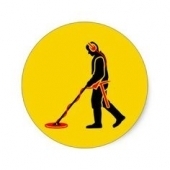Spanish Conquistador’s Campsite Discovered! (by A Private Citizen - Metal Detector Enthusiast!)
-
Similar Content
-
- 2 replies
- 911 views
-
- 0 replies
- 764 views
-
- 4 replies
- 1,586 views
-
- 27 replies
- 4,237 views
-
- 5 replies
- 1,054 views
-
- 13 replies
- 1,570 views
-
-







.thumb.jpg.8761b3d9b3da119b9e6d1912f67275ad.jpg)
Recommended Posts
Create an account or sign in to comment
You need to be a member in order to leave a comment
Create an account
Sign up for a new account in our community. It's easy!
Register a new accountSign in
Already have an account? Sign in here.
Sign In Now